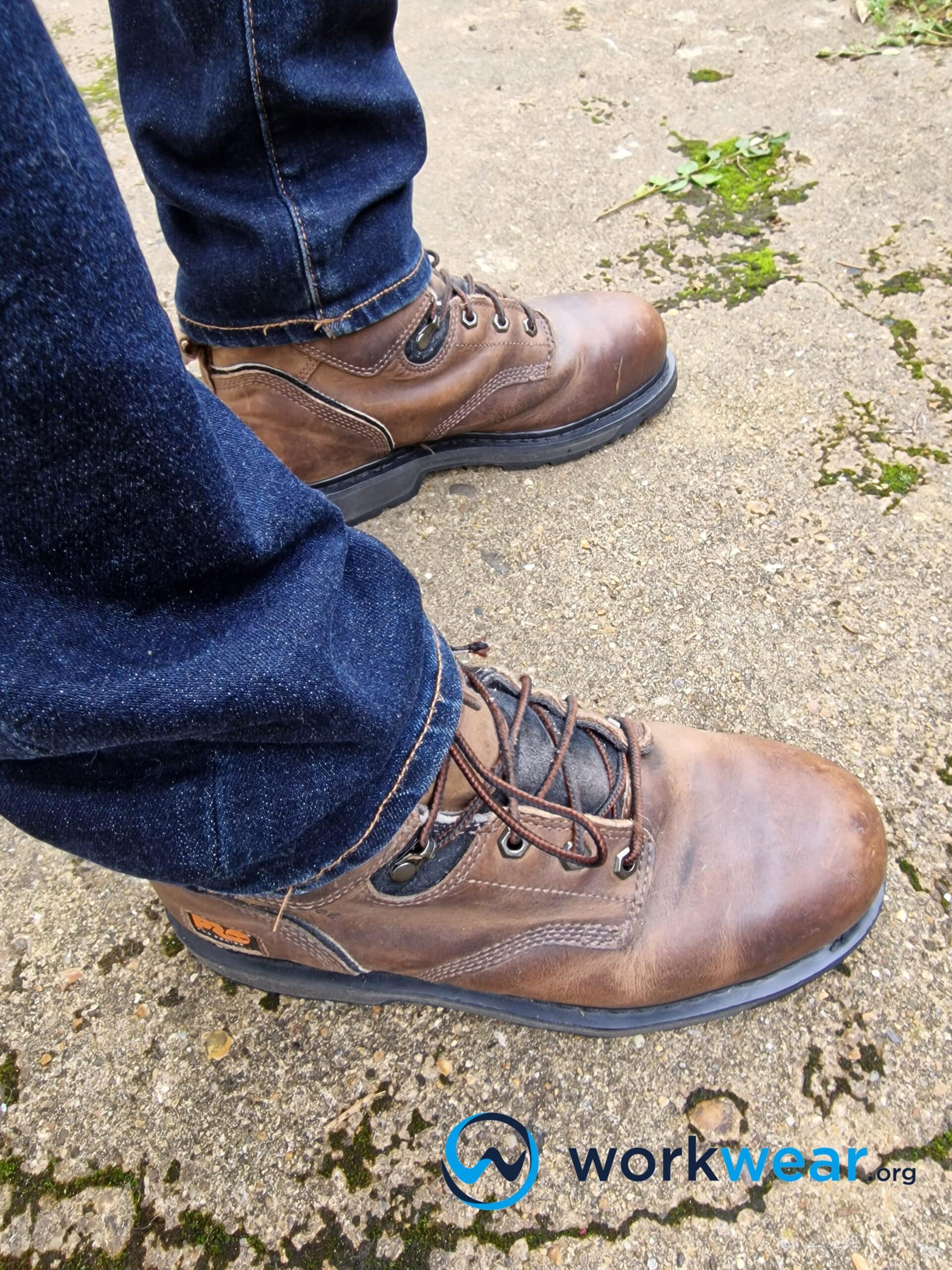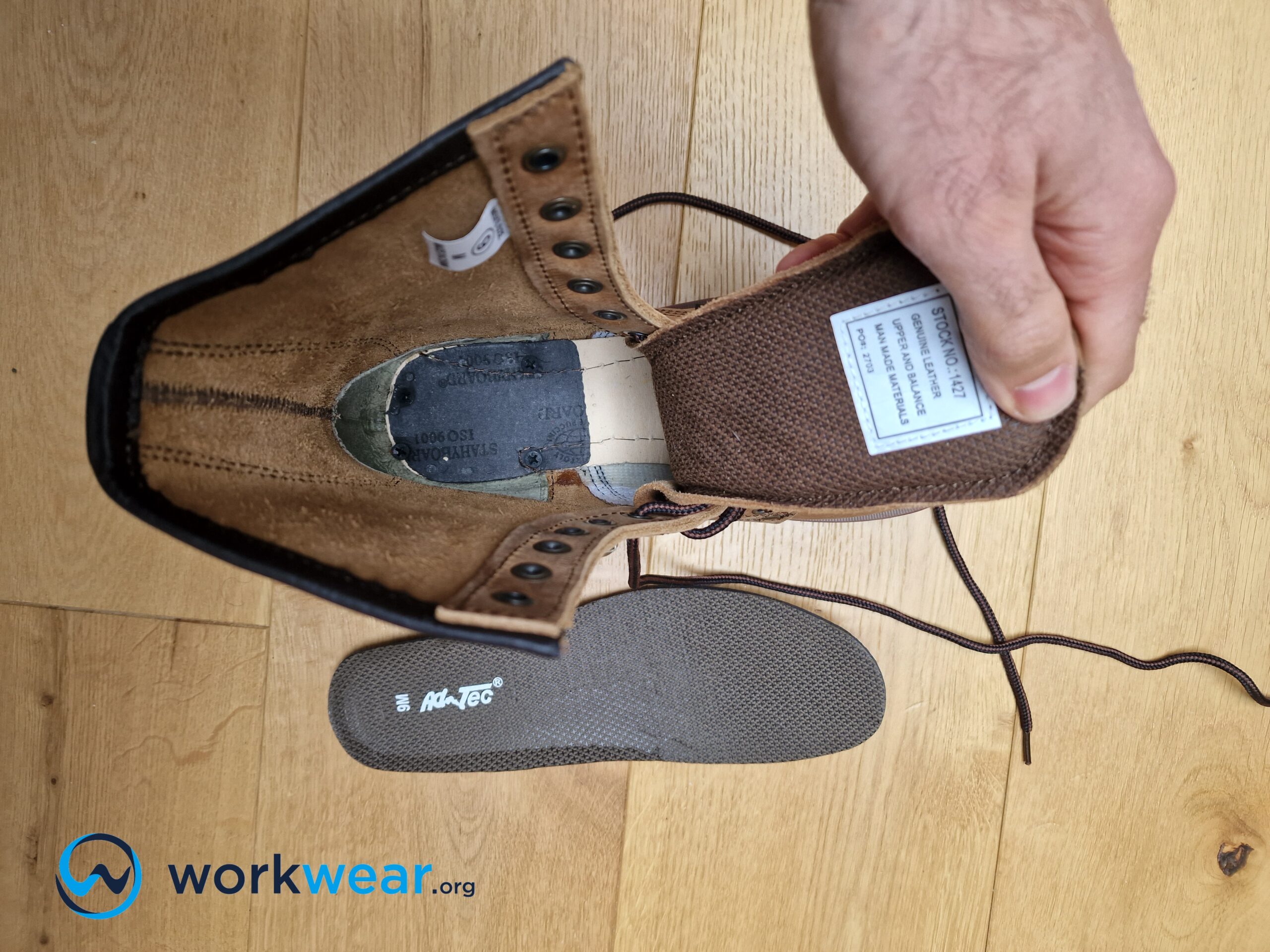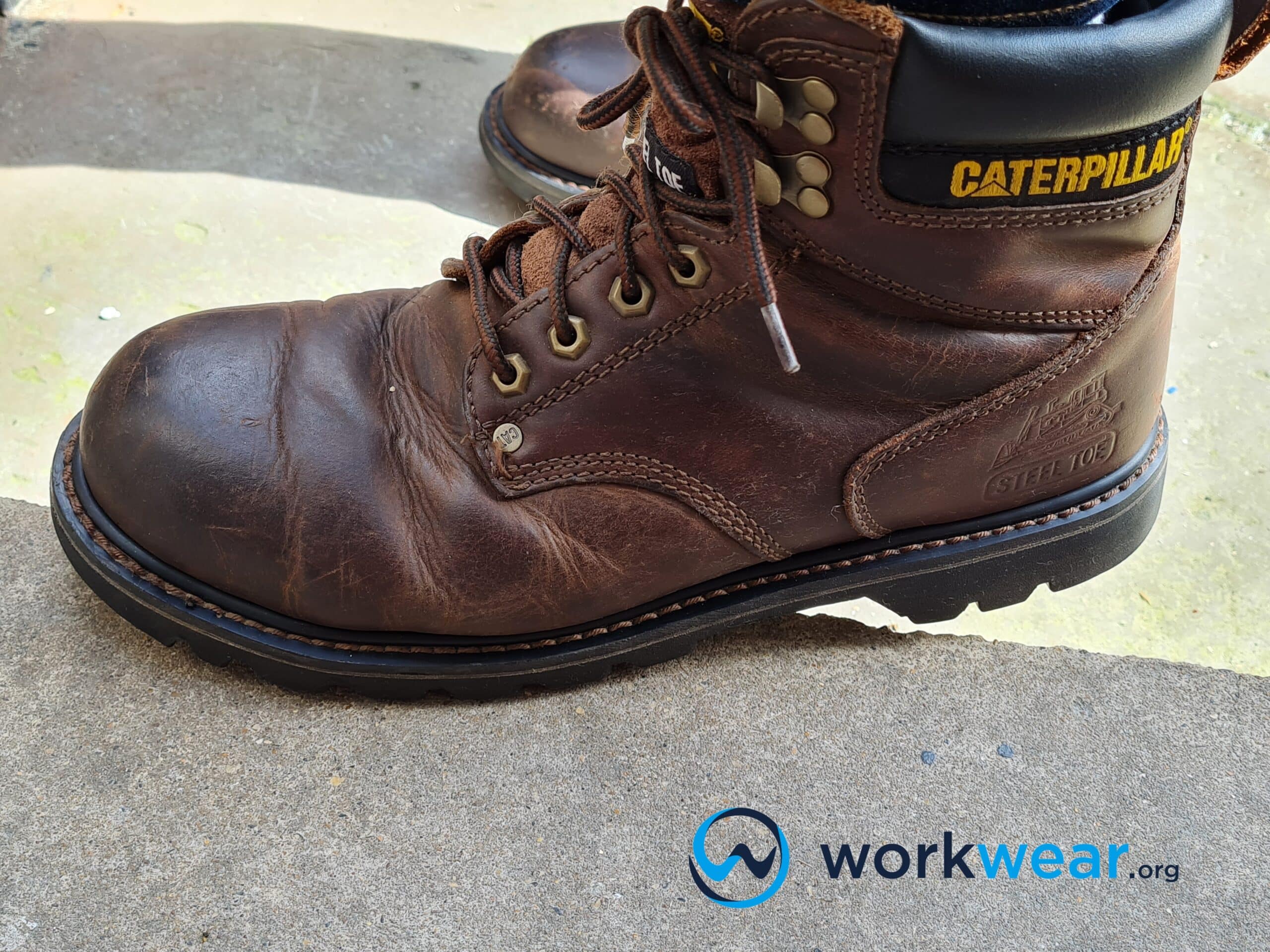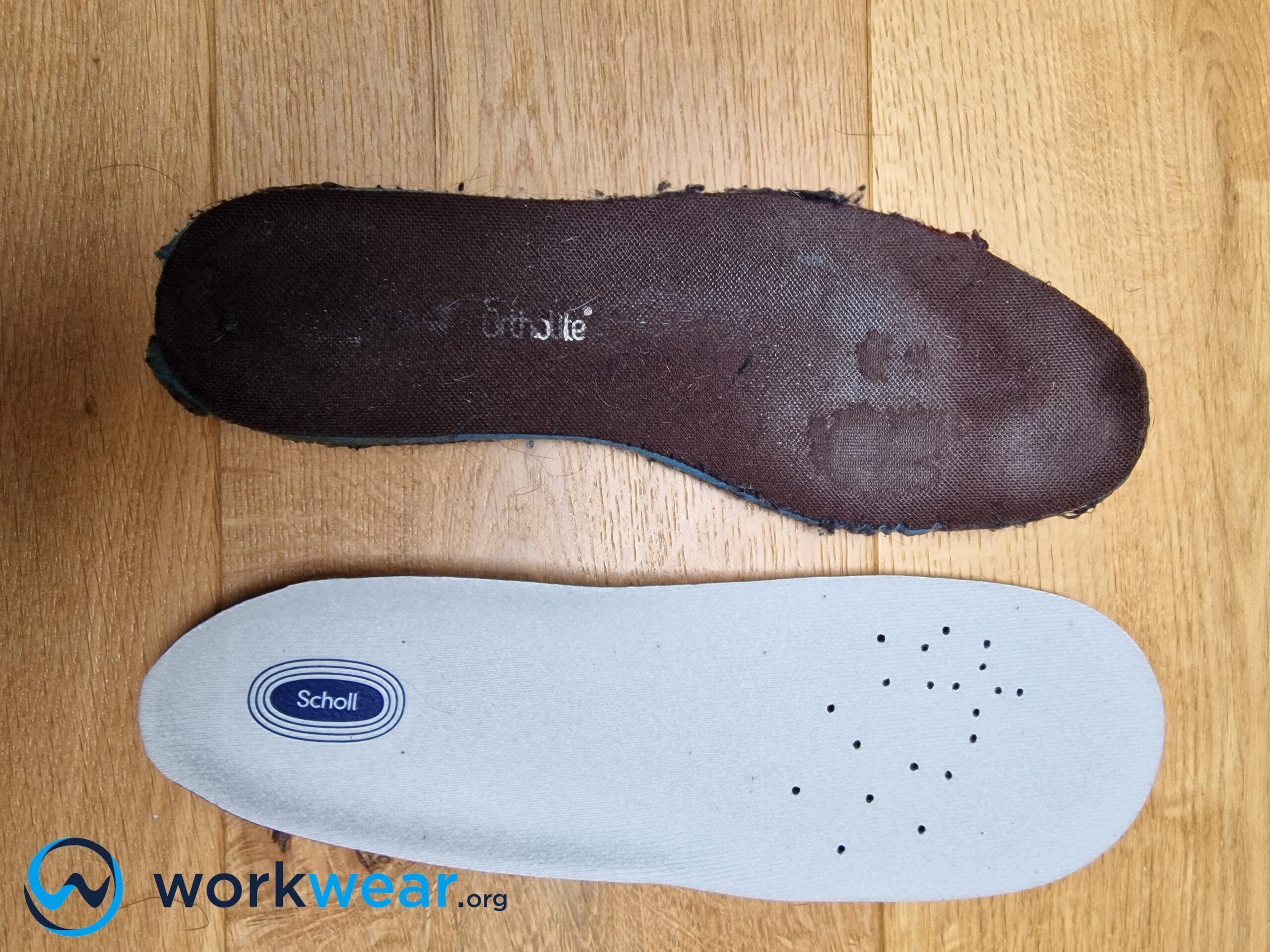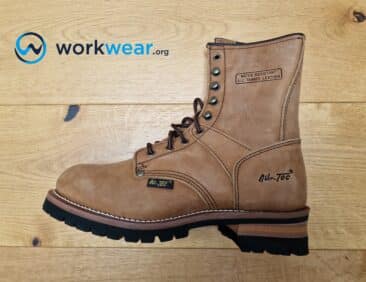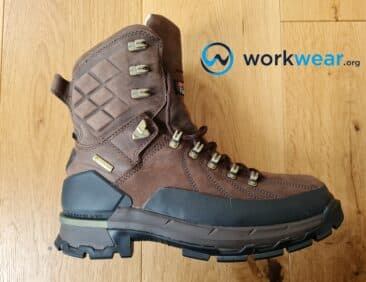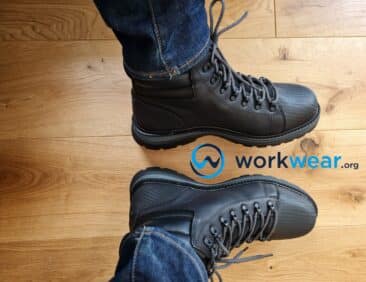When to Update Your Boots Signs of Damage
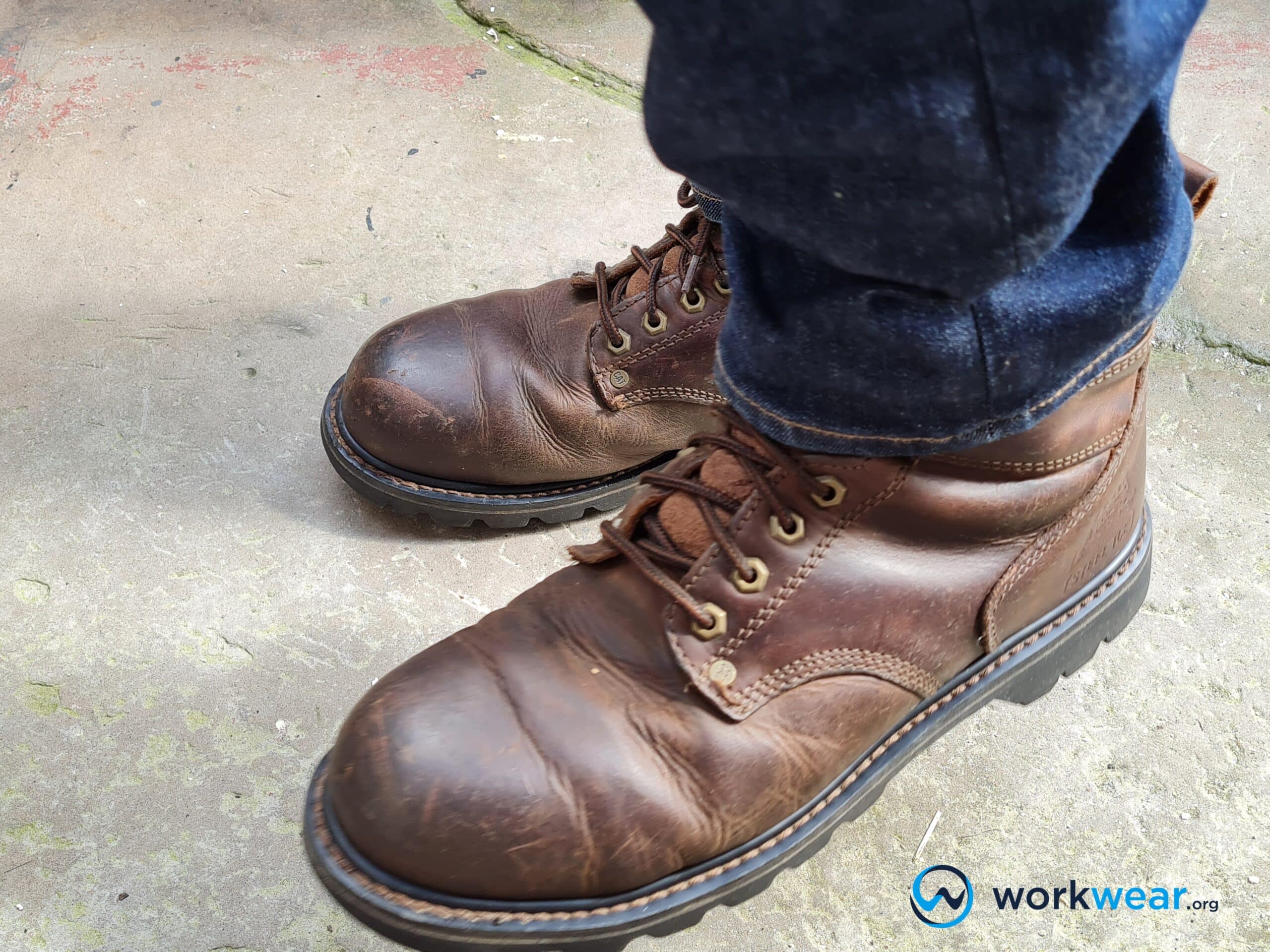
The quality and life of work boots can be prolonged with proper care and when used for the right activities and conditions. Their construction also affects their lifespans in a significant way, with top-quality materials and sturdy designs producing work boots that are tough enough to last for a long time. However, even the best materials and manufacturing process can’t stop time – meaning the work boots will eventually give way to damage, no matter how efficiently they are taken care of. Fortunately, some signs will show you that it’s about time to look for a brand-new pair of work boots. Knowing the main signs that point to your work boots needing an immediate update can ensure that your feet will continue to be comfortable and protected while in the workplace. Becoming familiar with the telltale signs of damage can also prevent accidents that can compromise foot comfort and safety, ensuring that you’ll be able to maximize the footwear’s use.
Key Takeaways
- Work boots will eventually deteriorate, and it’s best to update them before they cause serious safety and comfort issues.
- Visible, extensive signs such as damage to the uppers and soles can signal that it’s time to replace the work boots with new ones.
- Signs that can be felt by the wearer, such as liquid penetration and decreased cushioning, shouldn’t be taken lightly as they point to the need to update the damaged footwear.
- While it’s normal to want to prolong the boots’ life with repairs, updating to a new pair of work boots may be most beneficial to ensure maximum foot safety, support, and comfort.
Signs that It’s Time to Update Your Boots
These are the clear signs of damage on work boots that will tell you it’s time to update and get a brand-new pair.
Cracked or perforated uppers
Work boots’ uppers are always exposed to the elements and other hazards, depending on the workplace.
Superficial signs of damage, such as scuffs or scratches, may still be improved, but if the leather already has large cracks or holes, the boots need to be replaced.
This is because the damaged uppers can allow moisture and debris in, resulting in compromised comfort and safety of the feet.
Flattened insoles
Insoles are fitted to provide a soft, comfortable cradle for the feet. However, with extensive use, the insoles can lose ample cushioning as the weight of the wearer’s body presses into the boots. When boots’ insoles are flattened, their soles won’t feel as soft as they were when they were new – and this can negatively impact the feet’s comfort, especially with long hours of walking or standing.
Outsoles separating from the uppers
One of the most obvious signs that you need to replace your work boot is when the outsoles start to separate from the uppers. The sole may look like it’s talking as it flaps against the upper due to the stitching or glued-on construction damage due to long-term use. The attachment between the upper and sole can also be damaged by force, such as when the tip of the sole snags on something and gets torn off when the foot is lifted.
Exposed toe caps
Steel or nonmetallic toe caps protect the toes against serious crushing injuries. However, if these toe caps become visible through worn-out uppers, they’re exposed to the elements so that they can become rusted. The rust can compromise the toe caps’ ability to protect the toes against hazardous compression or impact, so the boots may not be able to prevent injuries the next time something heavy falls on top of the footwear.
If your work boots’ toe caps are exposed, it’s better to be safe and replace them with a new pair that can protect your feet much better.
Punctured sole
Work boots’ soles are designed to create a protective barrier between the feet and the ground that may be littered with safety hazards. However, there are times when the outsole can be embedded with sharp objects when they’re accidentally stepped on.
If the outsole is punctured, its structural strength can be compromised, and the hole created can allow liquids and other debris to get inside the boot. There’s a greater risk if the item punctures deeply enough to get to the midsole, causing it to rust and lose its protective qualities against puncture risks.
Cracked/split outsole
The outsole can show early damage, from frayed edges to worn treads. The structure’s ability to support the feet will be severely compromised if it becomes cracked or split. The damaged area has a high risk of allowing sharp objects and debris to penetrate, increasing the risk of foot injuries. The split portion can also let moisture seep in, causing the feet to become uncomfortably soaked and increasing the risk of exposure to dirt and bacteria.
Extremely worn treads
Work boots that are heavily used for long periods can quickly wear down, and the damage is obvious on soles that start to become almost flat. Extensive boot use on rough terrains can also lead to the soles becoming so worn that the treads may seem almost nonexistent – and the outsole looks nearly smooth all throughout.
It’s best to get new boots before this stage because, with the aggressive treads to grip the ground, the work boots will have the strong traction needed to prevent slipping accidents on wet floors and extremely smooth or unstable surfaces.
Damaged midsole
Damage to the midsole may not be the easiest to spot, but you’ll feel some telltale signs that the structure has been compromised. This component’s location between the insole and outsole makes it faster to wear down, and you’ll be able to feel a difference with the boots’ reduced shock absorption, especially while walking for long periods on hard surfaces. A decreased height may also be felt as the midsole becomes compressed and further damaged.
Liquid penetration
Work boots protect the feet against potential safety risks, including excessive moisture. However, even non-waterproof boots still have some form of resistance to liquids, so they won’t be able to seep in instantly.
If you notice that your feet are constantly getting wet when you step on puddles or spill something, check your boots for damaged areas where the moisture penetrates. If liquids can readily get into your boots because of cracked, split, or punctured parts, it’s time to get a new pair of work boots that can offer complete protection for your feet.
Excessive flexibility
Work boots are tough, with just the right level of flexibility to support comfortable walking. However, the footwear is already too flexible if the boot easily bends when you try to let the toe area touch the heel. This means that the sole can’t provide the structure needed to support the foot’s position, which can lead to pain and injuries.
Sagging shaft
A work boot’s shaft should be soft enough not to restrict movement and have enough rigidity to help secure the ankle. If the shaft starts to sag and doesn’t hold its structure when the boot is left standing, it’s a good idea to go for a new pair of supportive work boots to help prevent problems with twisted ankles.
Signs of Work Boot Damage and Problems Caused
| Signs of Damage |
Problems Caused |
|---|---|
| Cracked or perforated uppers |
|
| Flattened insoles |
|
| Outsoles detaching from the uppers |
|
| Uncovered toe caps |
|
| Pierced sole |
|
| Cracked/torn outsole |
|
| Extremely eroded treads |
|
| Damage to the midsole |
|
| Liquid seepage |
|
| Excessive flexibility |
|
| Sagging shaft |
|
Conclusion
It’s natural to want to maximize your work boots’ benefits to the fullest, but it also won’t hurt to know the signs that tell you it’s time to let go of the boots – and go for an updated pair. A work boot upgrade is needed when you see the following signs: cracked or perforated uppers, flattened insoles, outsoles becoming detached from the uppers, visible toe caps, pierced sole, a cracked or ripped outsole, threadbare treads, a damaged midsole, liquid penetration, excessive flexibility, and a sagging shaft. It’s important to replace the damaged work boots with new ones that can deliver the highest level of comfort, support, and protection you’ll need – so you can continue to walk and move around efficiently in the workplace.
FAQs
- Do I need to replace my work boots if the steel toe caps become dented?
- Yes – it’s important to replace work boots if their toe caps are dented because the caps may not be able to completely protect your toes the next time something heavy falls on the boots.
- Can I still restore the boot with a waterproof treatment to address problems with liquid penetration?
- It depends. If the problem is caused by damaged parts – such as punctured or cracked uppers – then no amount of waterproofing can solve the problem, and the work boots will need to be replaced.
- Can I replace flattened insoles with new ones that offer better cushioning?
- Yes, this will work best for work boots with removable insoles. If you place new insoles on top of the existing, non-detachable ones, the boots may not feel comfortable or supportive enough to get you through entire workdays.
- Is it still all right to use my work boots if the metatarsal guards are poking through the uppers?
- It’s best to replace the work boots if the internal metatarsal guards are already poking through the uppers. The safety enhancements may have been compromised by a previous impact or compression, causing them to become deformed enough to poke through the boots’ uppers. If the metatarsal guards are already damaged, they can’t protect the feet the next time there’s exposure to compression or impact threats.
678+
Products Reviewed
24+ Years
Combined Experience
500+ Hrs
Field Testing
